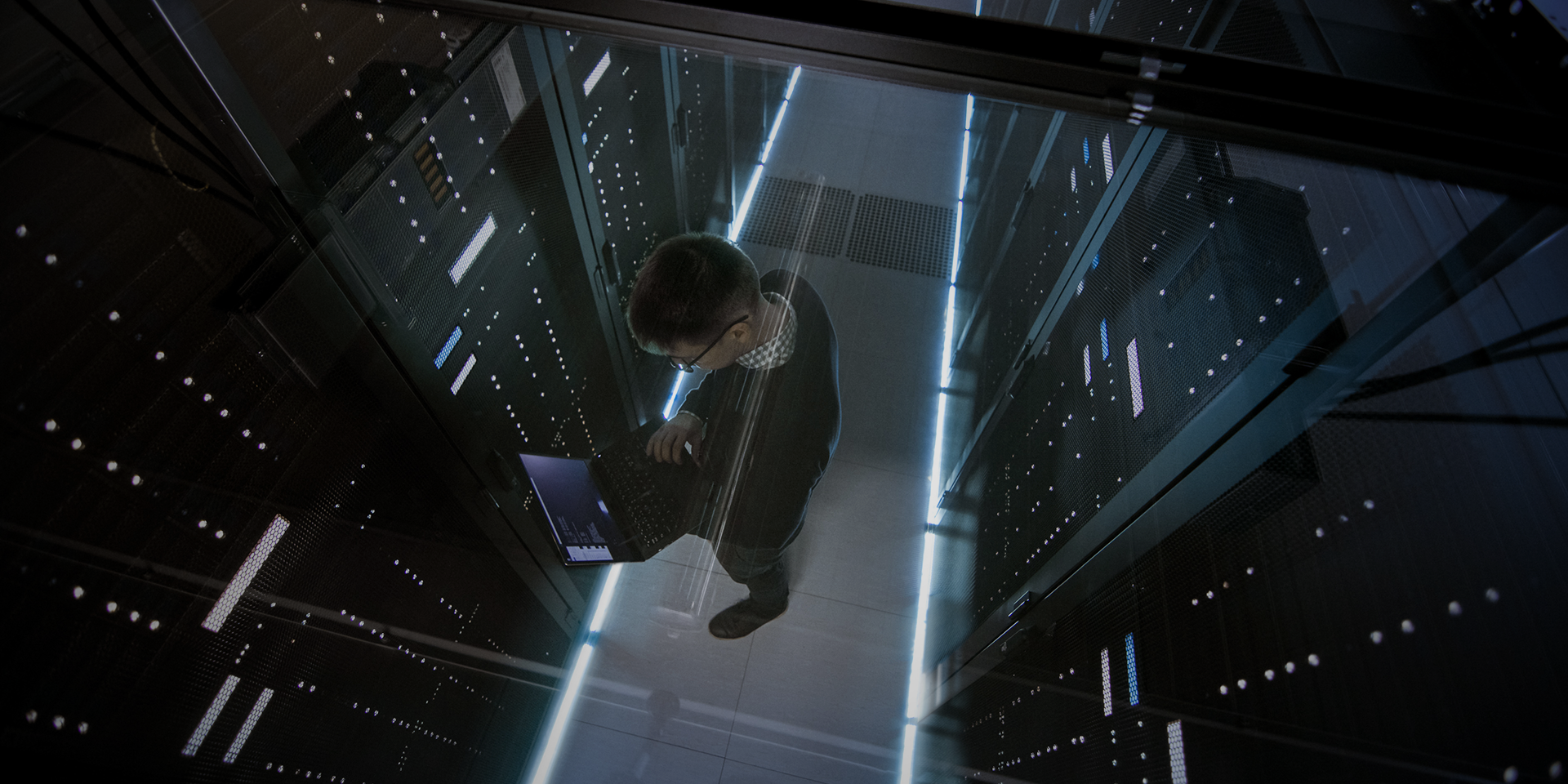If you are confused with failover and disaster recovery, unsure what each means and what they do, you are not alone. The terms failover and disaster recovery are frequently used interchangeably. Both are critical to ensuring that your services are always available. However, in the event of a system failure, the two concepts serve very different functions.
Let us decode each of them and see what their roles are in protecting enterprises in the modern age. Before delving into failover vs. disaster recovery, it’s critical to understand the concept of downtime. Downtime is the amount of time that a specific system or network is unavailable. Significant outages can have a negative impact on revenue and customer satisfaction, particularly if your business provides services that require high availability.
What is Failover?
In a nutshell, a failover is your backup connection. It involves systems and networks that can be easily switched to if the main system or server fails or is unexpectedly terminated. The standby machine(s) can be located in the exact location as the primary system. Alternatively, they may be located off-site, depending on your company’s data center design.
Failover and failover testing ensures that your services continue to function even if there are hardware or infrastructure failures. Failover, when implemented correctly, can help cut organizational costs and reduce service disruptions for end users.
Most failover processes are automated to reduce downtime, where it can automatically transfer data or applications to the backup server. This is called an automatic failover. The alternative is a passive system in which the process is carried out manually.
Failover cluster
A failover cluster is a collection of computer servers that work together to provide fault tolerance (FT), continuous availability (CA), or high availability (HA). Virtual machines (VMs), physical hardware only, or both can be used in failover cluster network configurations.
When one of the servers in a failover cluster fails, the failover process begins. It prevents downtime by immediately sending the failed component’s workload to another node in the cluster.

What is Disaster Recovery?
Disaster recovery helps keep systems running with minimal downtime while providing a backup and recovery plan in the event of a disaster. It outlines the procedures that take place when something takes down your system, whether it’s the entire thing or just a small portion of it.
In a nutshell, it offers a step-by-step guide for recovering lost data during an outage, restoring it, and getting everything back on track.
Failover and Disaster Recovery implementations
- Failover is widely recommended for small-scale machine or network failures that occur daily. A failover system can be located in the same place as the previously active system.
- On the other hand, disaster recovery is implemented at large-scale infrastructure. The backup systems for disaster recovery are usually installed in a different geographic location than the primary system.
3 must-have criteria in a disaster recovery plan
- Keep it simple and easy
One common mistake organizations make is creating a dense and complicated recovery plan, thinking it would save their day. It doesn’t. The key is to have a plan that makes it easy for anyone to follow without an expert. A straightforward strategy reduces the likelihood of something else going wrong. - Spread out your data
Save your data in different formats and at different locations. For instance, if your geographic location is under cyber-attack, your data stored in the cloud still can be accessed. Sometimes backups can also fail (even the tested ones). So, the smart thing to do is to keep a backup of your backup. - Determine your downtime tolerance
Your critical business functions (CBFs) are the functions that your organization cannot function properly without them. To determine the strategies that will help your business recover from a disaster, you must first identify these functions and then determine how long you can go without them before suffering severe loss. This is also known as your RTO (Recovery Time Objective). You can better prioritize the processes listed in your recovery plan by outlining your CBFs and how long you can survive until they are restored.
Conclusion
The truth is that in the midst of a disaster, it is quite natural for people to get jittery and not think clearly. Shock, stress, and panic can make blunders even after the disaster strikes. Gaining a good understanding of failover and disaster recovery and implementing them accordingly can help you minimize repercussions and leave you with a better outcome regardless of the circumstances.





